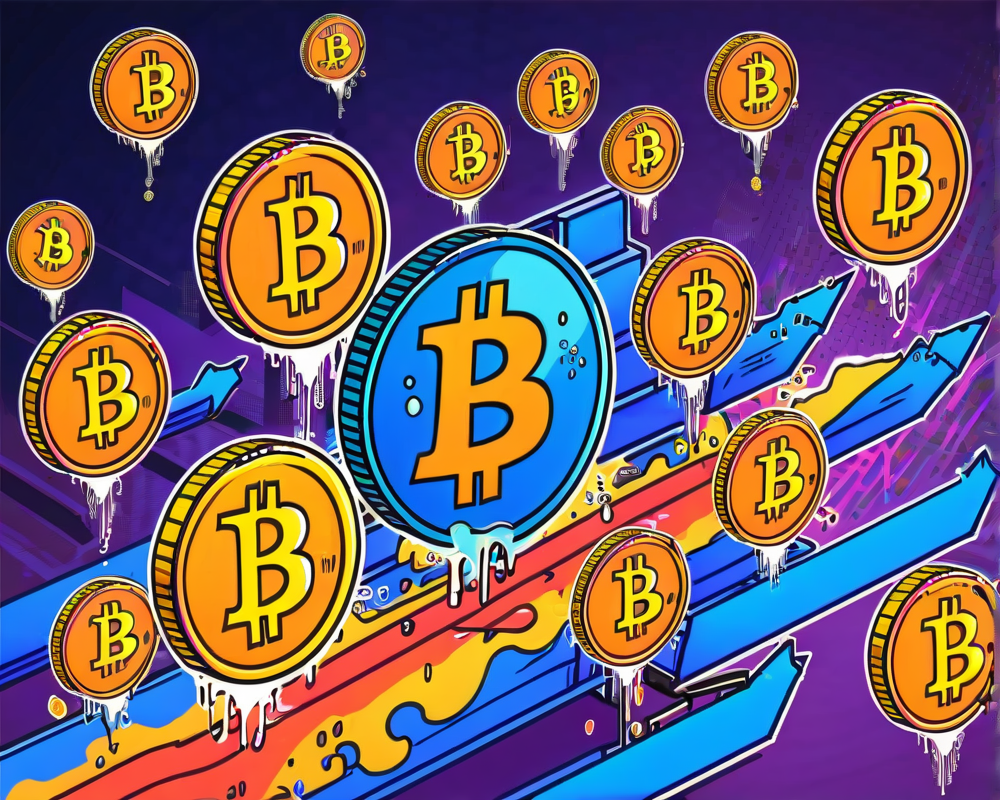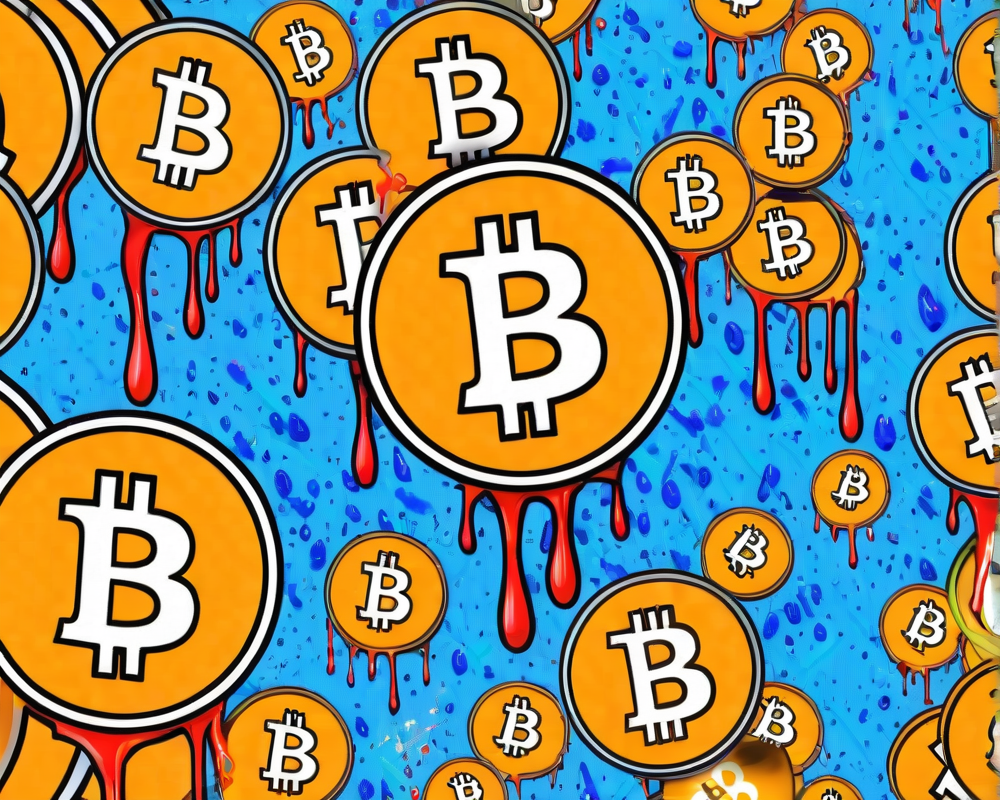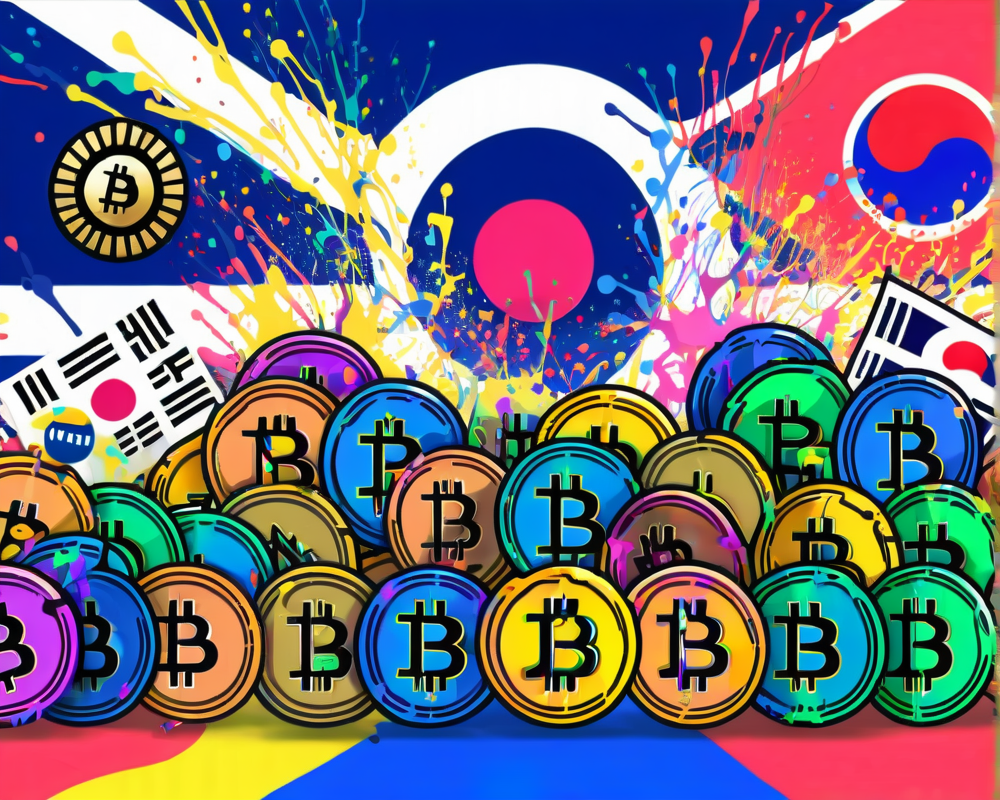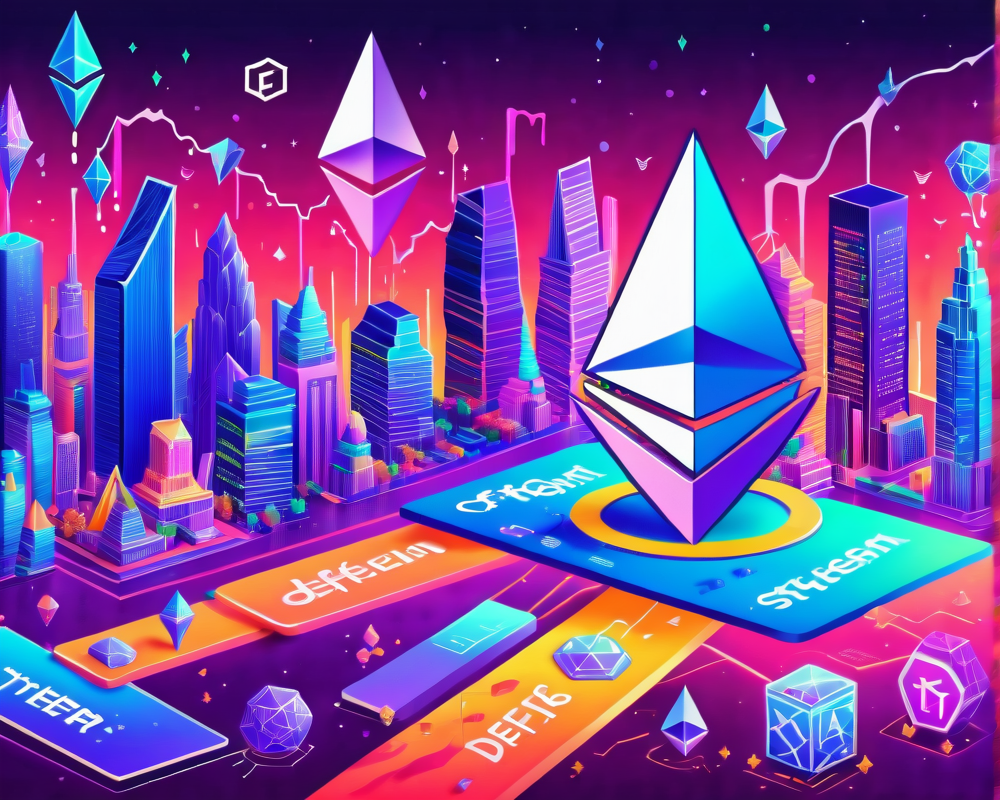Bitcoin Breaks Through Major Psychological Barrier
Bitcoin (BTC) has once again managed to make headlines, breaking past the significant $24,000 milestone for the first time this year. The sudden price surge is largely credited to recent announcements from the U.S. Federal Reserve. Following a 25 basis point interest rate hike, the crypto market responded positively, reflecting a growing optimism among investors.
The Ripple Effect of Jerome Powell’s Remarks
During the Federal Open Market Committee press briefing on February 1, Jerome Powell, the chair of the Federal Reserve, hinted at a promising trend in inflation rates, stating, “We can now say, I think for the first time, that the disinflationary process has started.” This comment, aptly interpreted by the market, seemed to trigger a flurry of buying activity in the crypto space.
Market Reactions: A Quick Overview
As if scripted by a financial thriller, the market cap of cryptocurrencies jumped nearly 4%—a rise of over $40 billion—in the hours following Powell’s statements. The current global market cap sits at approximately $1.09 trillion with BTC hitting highs of $24,161.27. It’s almost as if the market had been waiting for a cue to party!
What’s Driving Bitcoin’s Surge?
- **Increased Investor Confidence:** Powell’s words suggest that inflation may not be as galloping as previously feared.
- **Market Reacts Positively:** Historically, rate hikes generate volatility, but this time it seems the market took it in stride.
- **Psychological Factors:** Crossing the $24,000 threshold often ignites further buying among traders believing in upward trends.
The Future of Interest Rates and Inflation
However, Powell also cautioned against premature celebrations. He anticipates that inflation may still persist in service sectors, indicating that investors should brace for “ongoing rate rises.”
“We see ourselves as having more persistent inflation in that sector, which will take longer to get down,” Powell said.
A Little Perspective on Disinflation
Before throwing our hats in the air too quickly, let’s clarify a term: disinflation. This buzzword refers to a decline in the rate of inflation—not a full-on deflation, which is like the economic equivalent of a deep freeze.Who knew economics could be so complicated?




